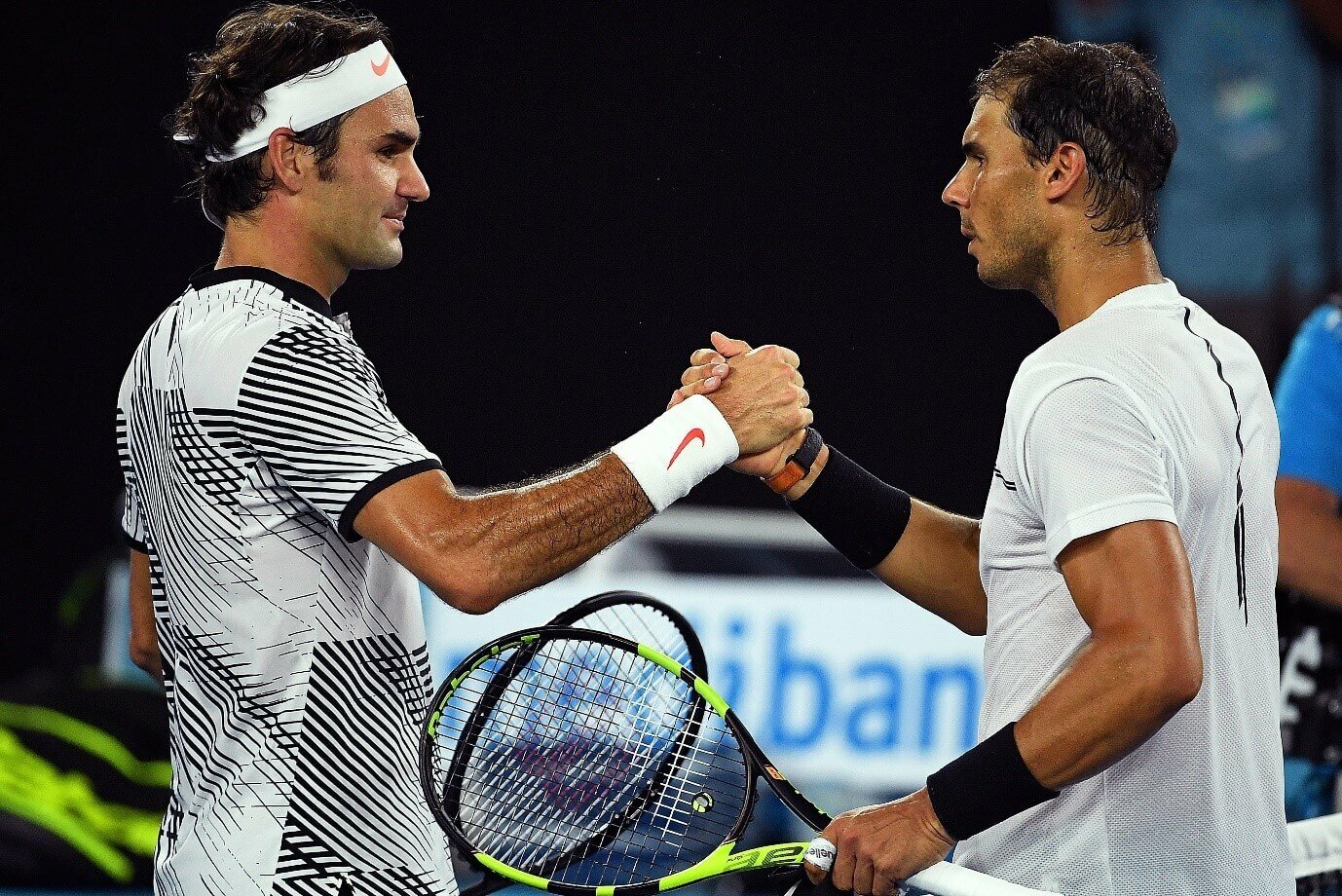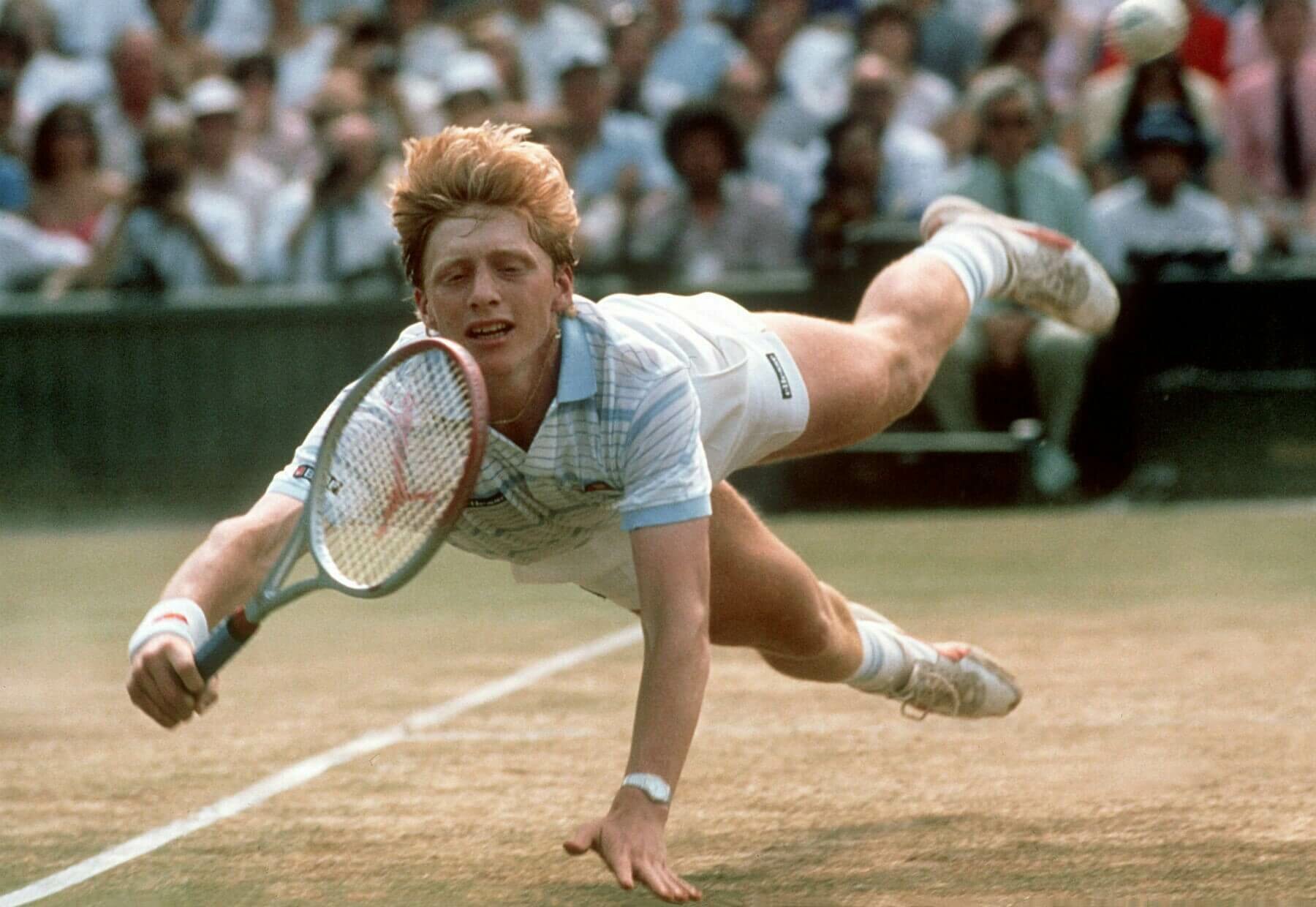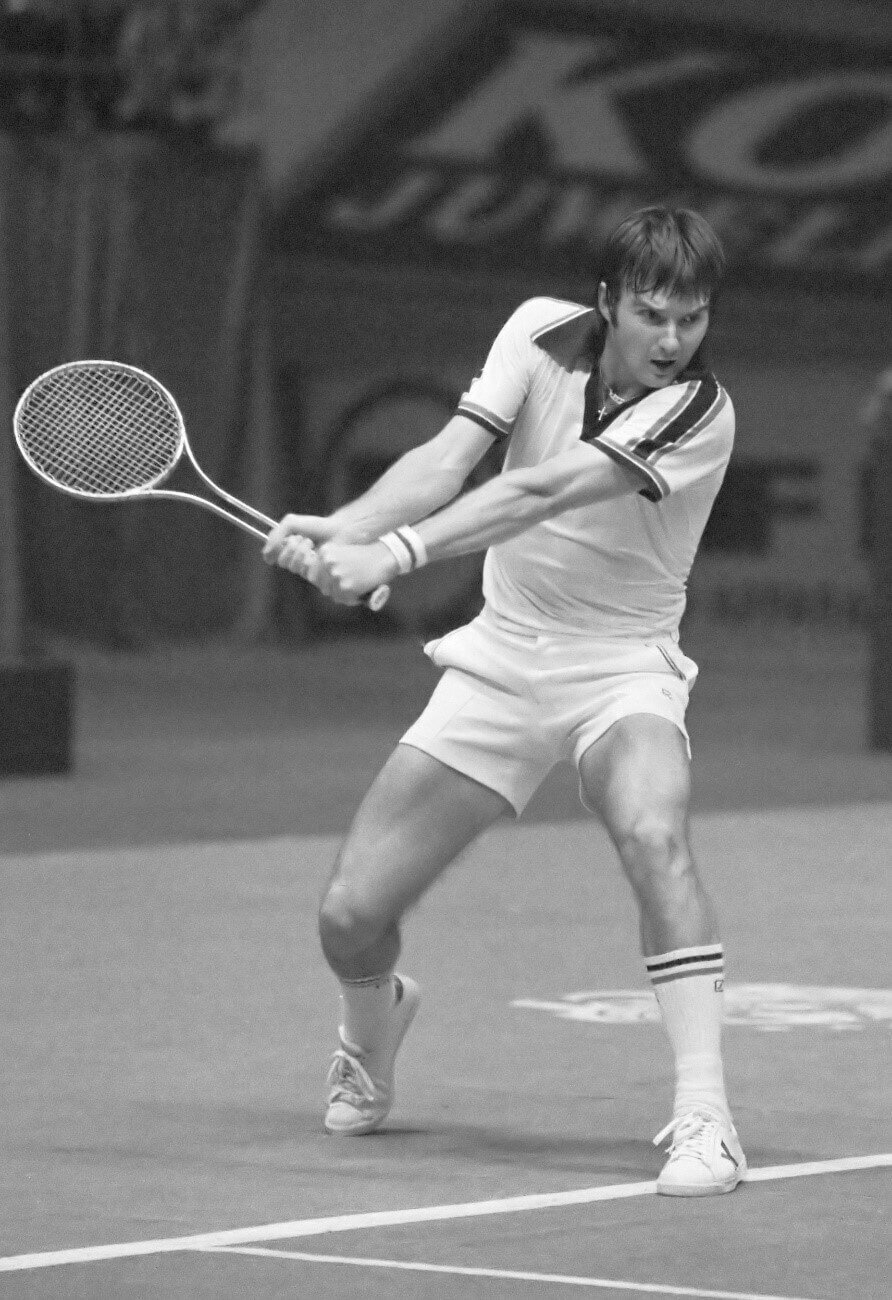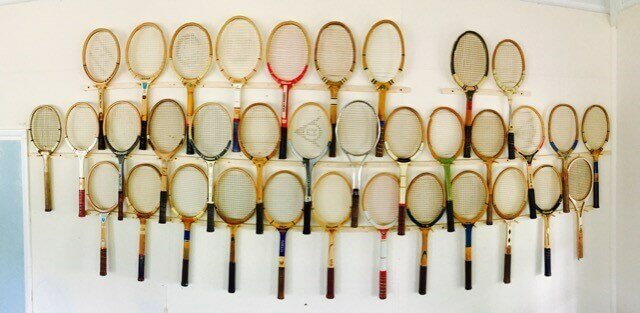MAPPING THE IMPACT OF CARBON FIBRE RACKETS

Having previously been a game of finesse and delicate touches, tennis has taken a major shift towards baseline power-hitting in recent years. Much of this can be attributed to the introduction of carbon fibre rackets. Carbon fibre was first used by players in the early 1980s, although at this stage, they made up just a small proportion of the racket. These types of rackets became more popular as the decade went on, and were commonplace by the 1990s. However, stars of this era were still able to make alterations to differentiate their game from the rest of the field.
String tension was a key example of this, with Pete Sampras opting for a high tension to offer more control to his game, whilst rival Andre Agassi differed with his stance, choosing to go with less tension so that he could generate more power from his strokes.
Yet moving into the late 1990s and beyond, there is now little to choose between the rackets used by the top players on tour. Carbon fibre rackets are now almost exclusively used across the professional game. It has undoubtedly changed the sport from what it once was.
The Demise of Serve and Volley

The serve and volley playing style has been a part of tennis since the early days of the sport. A simple concept, it would see a player following up their serve by swiftly moving towards the net and attempting to finish the point as quickly as possible. Yet over the past 20 years, it has drifted out of the game.
Looking at how things have changed at Wimbledon offers clear evidence as to how this strategy seems to no longer be effective. Sampras utilised this tactic to great effect in the 1990s, whilst John McEnroe, Martina Navratilova and Boris Becker had plenty of success using it in the previous decade.
However, the 2000s introduced a new era of champions, and a clear move towards baseline rallies dominating the sport. In years gone by, racket heads were smaller. Players were unable to control their shots as well, leading to serve and volley becoming the most successful tactic. By shortening the points, it meant that there was less of an opportunity for errors to be made.
Carbon fibres have changed that. The racket heads are now larger, meaning that there are less mishits, and players now have more confidence in their control and power when playing their strokes. The women’s game has seen the Williams sisters burst onto the scene in the last two decades, winning 12 Wimbledon singles titles between them.
On the men’s side, Roger Federer started off his career with an impressive serve and volley game, but he has had to develop into an all-court specialist in order to keep up with the likes of Rafael Nadal and Novak Djokovic, who possess some of the fiercest groundstrokes that the game has ever seen. In order to win a grand slam, it now seems that relying on a serve and volley game is no longer sufficient.
Power-hitting is here to stay
Could there be a move back towards the serve and volley game in the future? It cannot be categorically ruled out, but the results of recent times suggest that it is unlikely.
With carbon fibre rackets being light and having a larger surface area than their predecessors, it means that this era of players have become power-hitters. If you can’t match the firepower of your opponent, you are facing an uphill task to get the better of them. For some fans that may be a source of frustration. Legends of the game relied on touch and feel in the past, and they were admirable qualities which were appreciated by supporters. They may want a return to this style of play.
The evolution of tennis rackets has turned players into more well-rounded athletes now though. Rallies tend to last longer, leading to lengthier matches which test the stamina of players more than ever before. Simply put, players nowadays must possess a slightly different skillset to players from 50 years ago.
The advancement in the equipment technology has seen tennis reach a new level over the past 20 years, with the likes of Serena Williams, Federer, Nadal and Djokovic often hailed as the best players to ever play the sport. The game never stands still though, equipment and court conditions will only continue to improve, which should take the game forward in years to come, allowing a new set of players to flourish with possibly an entirely new skill set to match.
Read More
METAL, COMPOSITE AND GRAPHITE: THE DECADE OF OPTIONS
KUSHAGR DIXIT \
THE MAKER AND ITS GAME
THE AGE OF METAL
AVICHAL GUPTA \
THE MAKER AND ITS GAME
THE ERA OF THE SHORT GAME- WOODEN GLORY
ANANYA CHANDRA \
THE MAKER AND ITS GAME



